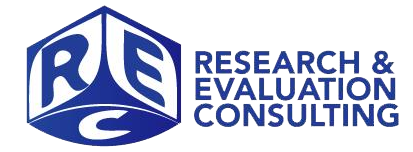In the world of so-called “hard science” including the medicine, biology, and human physiology realms, it is a general notion that more is better; that is sample sizes must be sufficiently large enough to produce reliable results. But does this principle discount the quality of the sample, especially if the sample is small? Take for […]
Allowing a diversity of minds and creativity in the problem solving process can lead to more effective solutions and soloutions to problems previously viewed as “impossible” to solve. A recent article in the Globe and Mail attests to this philosophy, one that we employ with our clients.: http://www.theglobeandmail.com/report-on-business/economy/growth/how-outsiders-solve-problems-that-stump-experts/article2420003/ We have put the idealogy[…..]
April 9, 2010 I have been asked on several occassions when I would employ collaborative evaluation strategies and when other evaluation methods would suffice. I cannot think of a straight-forward, simple answer. My choice of evaluation strategies depends on a number of factors. An important factor to consider is the anticipated or articulated level of[…..]
Recently the annual rankings for Ontario elementary and secondary schools were published by the Fraser Institute. The key message of this post is any published ranking of schools is too good to be true. First of all, the Fraser Institute does not employ the psychometric expertise or educational measurement professionals that are capable of formulating[…..]
This is a very exciting time for me as we move into the evaluations of three York University programs. All three are funded by the Ontario Ministry of Citizenship and Immigration. I will be blogging more on these education and training programs in the near future. We are also continuing our engagements by professional organizations and[…..]
